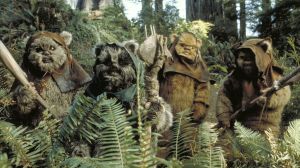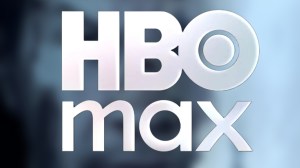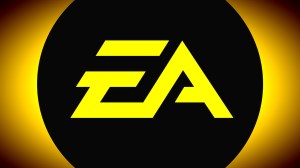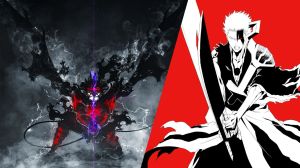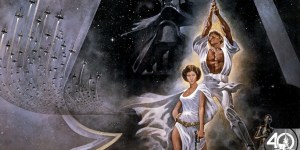Marvel changed the way superhero stories were produced back in the 1960s, and the Marvel Cinematic Universe has taken the Marvel Universe to the next level of popularity. The MCU has introduced Marvel to an all-new audience, and many of these fans want to see what all the fuss has been about on the comic side of the company. The best way to truly experience the Marvel Universe is on the team book side of things. Marvel has created many of the greatest team comics of all time, with brilliant writers and artists crafting epic tales, as well as quiet more character-centric stories. Getting into comics can be hard even for MCU fans, who have some basic knowledge of the franchise already. However, some of the best eras of Marvel’s greatest teams are actually pretty easy to get into.
Videos by ComicBook.com
These five runs from Marvel’s three greatest teams — the Avengers, the X-Men, and the Fantastic Four — are perfect for MCU fans who want to dig deeper into Marvel’s most legendary comics.
The Stan Lee/Jack Kirby Fantastic Four Run
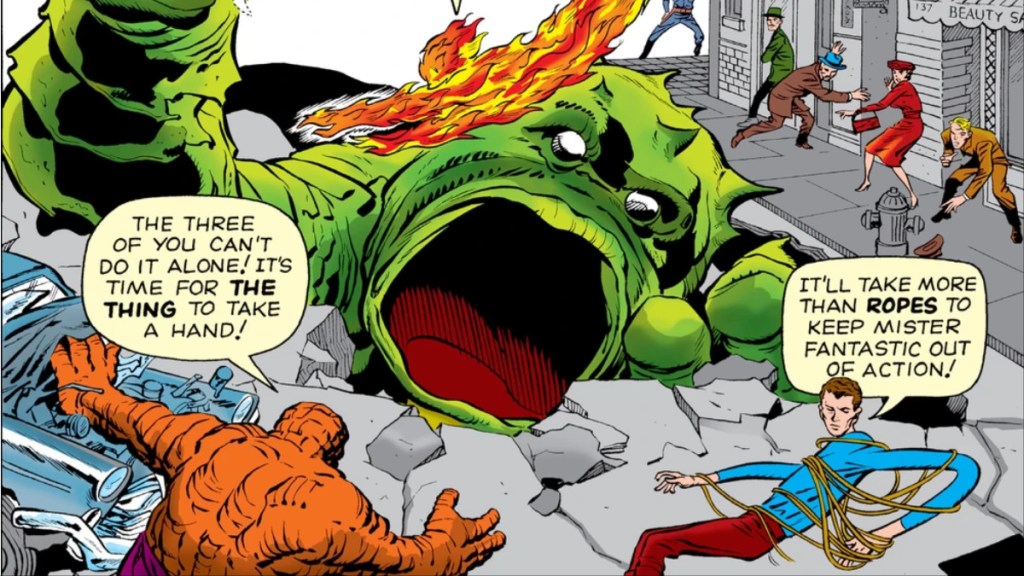
The Fantastic Four: First Steps is all the rage right now, with the teaser trailer hyping fans up for its July 25th debut. The movie looks to be set in the 1960s and that means that a perfect place for MCU fans to start with the team is at the beginning, with the original run by Stan Lee and Jack Kirby. Lee and Kirby worked together for the first 102 issues of Fantastic Four, presenting many of the greatest Fantastic Four stories of all time.
Lee and Kirby set up the familial dynamic of the team, created many of the greatest villains in comic history like Doctor Doom, Galactus, the Puppet Master, the Skrulls, and gave readers superhero stories like they’d never seen before. Readers will see the debut of the Inhumans, the Watcher, and Black Panther during this run, and get some of the best sci-fi stories in comic history thrown at them. However, what really makes the Lee/Kirby years sing are the characters. Lee and Kirby nail the family aspects of the FF, honing them into three dimensional characters, and creating a whole new way to tell superhero team stories. By focusing on the characters as much as the action, Lee and Kirby started a revolution that would reach its apex over the decades, as other creators took their example and ran with it. The issues that focus on the Thing are especially good, truly nailing the drama and personal approach that make the Fantastic Four one of the greatest comics teams of all time.
Mark Waid and Mike Wieringo’s Fantastic Four Run
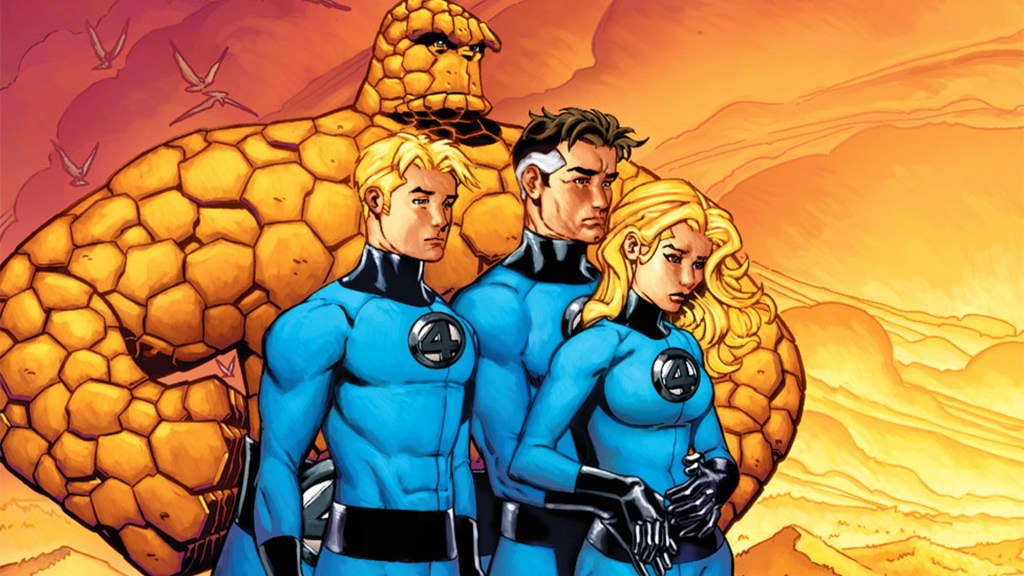
Fantastic Four went through its ups and downs from its debut in the 1960s to the 2000s. What was once coined “The World’s Greatest Comic Magazine” lost a lot of its luster and needed a creative re-evaluation by 2002. Luckily, Marvel had just the creative team to create the perfect Fantastic Four run. Writer Mark Waid, known for his skill in taking the best of Silver Age comics and bringing it into the modern day, and the late, great artist Mike Wieringo, whose cartoon-y style was both extremely detailed and beautifully kinetic, took over the book with Fantastic Four (Vol. 3) #60. During their run, the book would go back to legacy numbering for what would be the 500th issue of Fantastic Four at volume three’s issue #71 (yes, comic numbering is confusing), and gave readers brilliant Fantastic Four stories until issue #524.
Wieringo didn’t draw every issue that Waid wrote, drawing issues #60 through #64, #66 through #70, and #500, #509-513, and #517-524, but the book was still impressive even when he wasn’t there. Waid was able to find the right balance between the happy family dynamic of the team and the more mature tone of modern comics. The duo teamed up for one of the best Doctor Doom stories of the 21st century, “Unthinkable,” and did superhero sci-fi better than it’d been done in years. They made Fantastic Four a must read comic again, something that no one had on their bingo cards in the early ’00s, when most people had written the team off.
Grant Morrison’s New X-Men
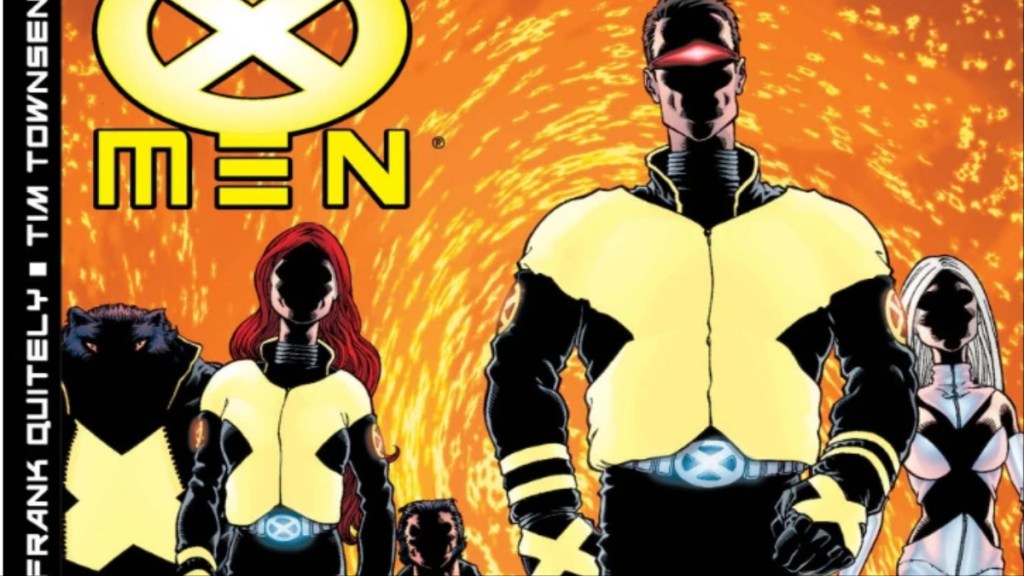
Grant Morrison’s work at DC made them one of the most popular writers of the 1990s, so their leaving the company to go to Marvel in the year 2000 was a coup for the House of Ideas. Morrison wrote two miniseries for Marvel — Marvel Boy and Fantastic Four: 1234 — before taking over X-Men. The book was rechristened New X-Men with issue #114 and Morrison wrote the book until issue #154, working with artists Frank Quitely, Ethan Van Sciver, Igor Kordey, Phil Jimenez, Chris Bachalo, John Paul Leon, and Marc Silvestri. Morrison’s run took the classic aspects of the X-Men — the school, the Phoenix Force, the Shi’Ar Empire, Weapon X, Magneto, and dark alternate futures — and used them in entirely new ways, living up to the name of the book and creating some of the best X-Men stories of all time.
[RELATED: Fantastic Four Reveals First Look at Galactus (and Yes, He’s Comics Accurate)]
While the ideas and plots are amazing, the book also doesn’t skimp on the characters, either. Morrison’s Cyclops is one of the best renditions of the character, they made Emma Frost into her best self, and gave Jean Grey, Beast, Wolverine, and Xavier some great plot lines. The new characters introduced in the run — Fantomex, Beak, Angel Salvatore, the Stepford Cuckoos, and Xorn — are icing on an already great cake, allowing Morrison to play with entirely new aspects of the X-Men. It’s peak X-Men and exactly the comic Marvel Studios should look at when they sit down to write their new X-Men movies.
Joss Whedon and John Cassaday’s Astonishing X-Men Run
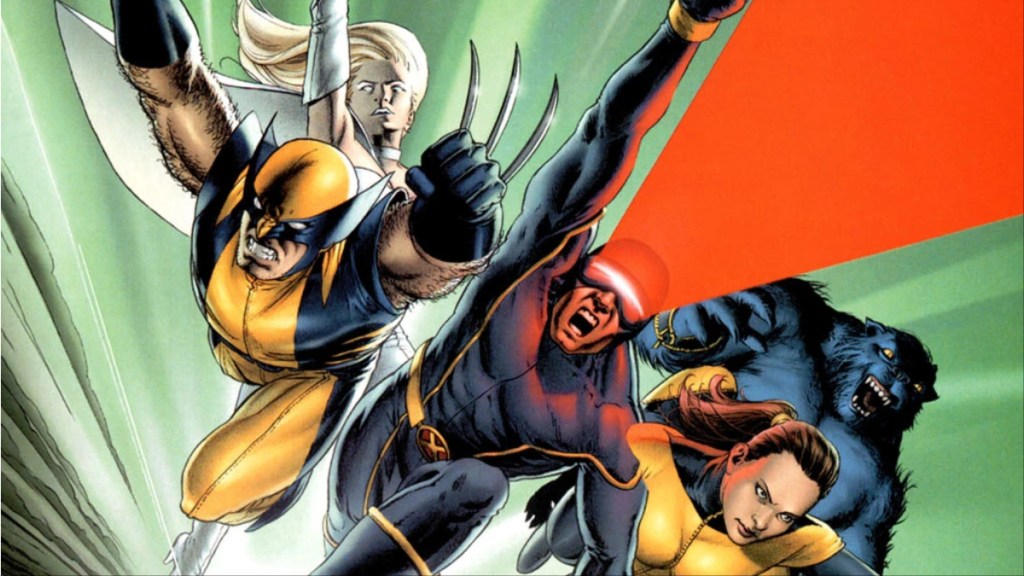
Morrison leaving Marvel due to editorial conflicts left the X-Men books without a superstar but Marvel had a great team ready to go. The company launched Astonishing X-Men, an all-new flagship book, and got Buffy the Vampire Slayer creator Joss Whedon and the late artist John Cassaday as the creative team. Whedon and Cassaday were on the book for 25 issues, putting out #1-24 and Giant-Size Astonishing X-Men #1, picking up where Morrison left off and running with the ball.
Whedon did what he did best — snarky humor and solid character development — while throwing an all-new alien threat at the team, revealing a new enemy much closer to home than anyone imagined, an attack from an old enemy and a traitor on the team, and finishing up with a sci-fi epic dealing with the alien race introduced the first story. It has an epic feel that never skimps on great character moments, striking the balance that makes X-Men stories work. Cassaday’s art is the MVP of the book, though. His pencils were detailed and beautiful, his simple linework hearkening back to great X-Men artists like Paul Smith. Every page is a feast for the eyes, with imagery that will stay with readers forever. Astonishing X-Men is a more “standard” X-Men run than New X-Men, but it does everything perfectly.
Kurt Busiek’s Avengers Run
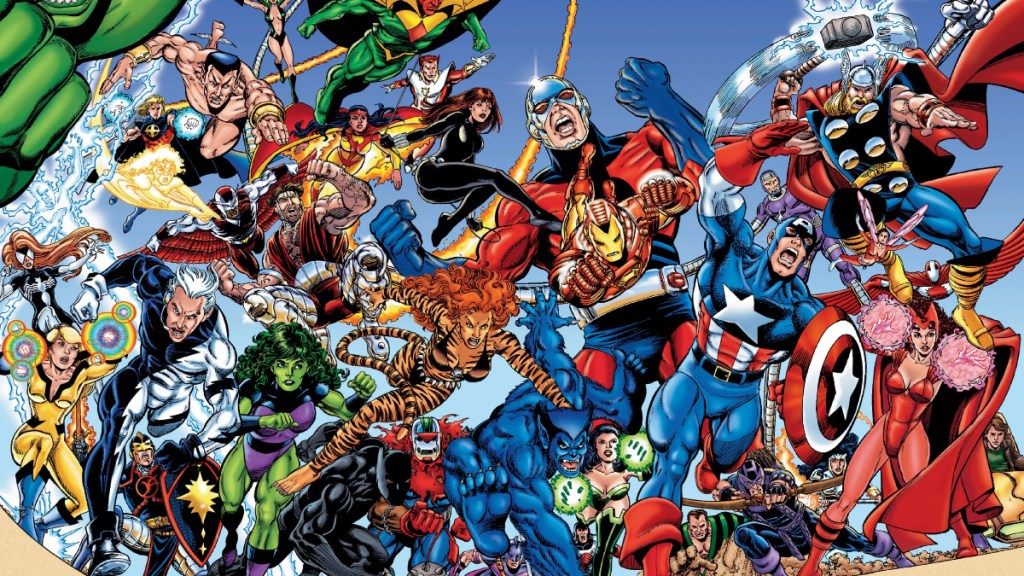
The Avengers didn’t have the hottest time through most of the 1990s, much like the Fantastic Four. Marvel tried to make them bestsellers again by bringing in Jim Lee and Rob Liefeld, superstar artists who left the company to form Image Comics, but that didn’t have the effect they had hoped for. Marvel then decided to go back to basics and that led to writer Kurt Busiek taking over the team with Avengers (Vol. 3) #1. Busiek wrote the book until issue #56, taking a break for issues #16-18. Busiek’s approach was to take everything that made the Avengers great and brought it to the fore, giving readers amazing action stories like the classic “Ultron Unlimited,” all while giving the characters who didn’t have their own books — Scarlet Witch, the Vision, Wonder Man, Firestar, and Justice — grade-A character development.
Busiek got to work with one of the greatest artists of all time, the late George Perez, for about half of his run. Perez drew issues #1-15, inked #18, #19-25, and #27-34. Perez’s pencils were amazing, elevating every single one of Busiek’s scripts. However, Perez wasn’t the only amazing artist that worked on Busiek’s run. British legend Alan Davis handled five issues, Stuart Immonen had a memorable run, and Avengers alum Kieron Dwyer also returned. Busiek’s time on Avengers has what many fans consider the best Ultron and Kang stories of all time, as well as creating many new characters and concepts. Busiek also put out the phenomenal Avengers Forever twelve-issue miniseries while he was writing the main book, working with former Avengers writer Roger Stern and the brilliant late artist Carlos Pacheco, a story that took readers throughout Avengers history for a cross-time caper like no other. Busiek earned his spot as the greatest Avengers writer of the last thirty years, and that’s before adding in the fact that he also wrote the JLA/Avengers crossover. There are some great Avengers runs out there, but few of them can match Busiek’s.

